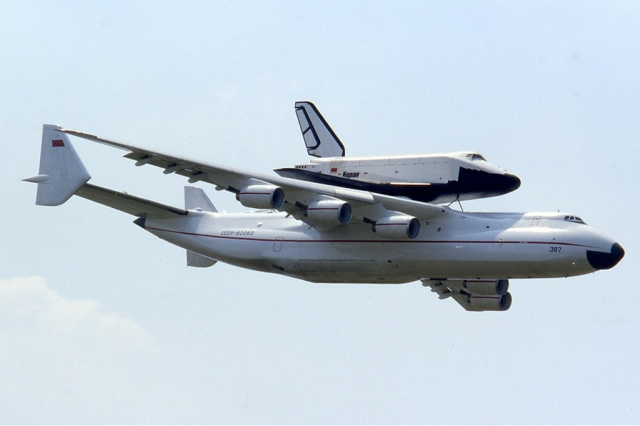The space industry, which emerged at the junction of rocket engineering and aviation, has historically been closely linked with the aircraft industry. The genius of theoretical cosmonautics Konstantin Tsiolkovsky, in parallel with the creation of the theory of rocket flight, published in 1903, developed aeronautical devices. And the "fathers" of the first rockets, Sergei Korolev and Nikolai Tikhonravov, began as designers of airplanes, and the first missiles themselves were winged, aircraft-type. About other examples of aviation and cosmonautics partnership – in our material.
From pilots to cosmonauts, cosmonautics grew out of aviation, feeding on its knowledge, practice and, of course, personnel.
For a long time, only military pilots could become cosmonauts, as was Yuri Gagarin. Today, this restriction has lost its relevance, but there are still relatively many pilots in the conquerors of space who have been trained in the VKS of the Russian Federation.
The training of astronauts itself is not complete without aviation technologies. In the laboratory No. 47 of the M.M. Gromov Flight Research Institute, where the equipment for the Vostok spacecraft cabin was developed, a simulator of this cabin was also created. With his help, the first cosmonauts studied and passed exams at the institute. Laboratory No. 47 eventually grew into the Scientific Research Institute of Aviation Equipment (today NIIAO as part of the Concern Radioelectronic Technologies), where more than 20 simulators were developed for all manned vehicles of the USSR and Russia, as well as for international space stations. By the way, the famous centrifuges, on which not only cosmonauts, but also air pilots are tested for overload, are also made in the NIIAO.Il = 76MDK of the Cosmonaut Training Center.
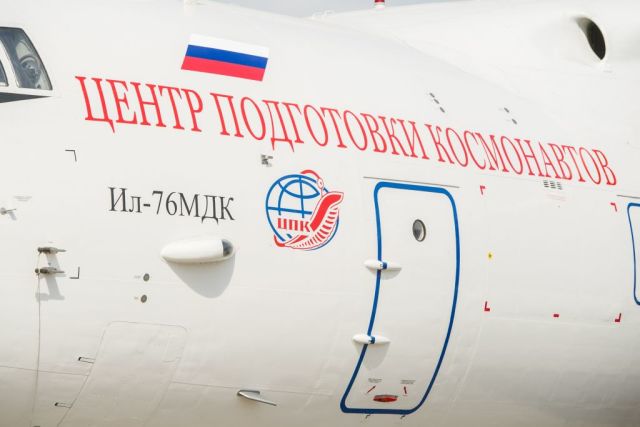 |
| Source: Anton Tushin In the process of training astronauts go through many stages, but perhaps the most spectacular is working in zero gravity. |
To simulate it, an Il-76MDK laboratory aircraft was created, in which it is possible to violate the laws of gravity for about half a minute in one "session".
How to fly an airplane to space The idea of creating space planes – spaceplanes – arose almost simultaneously with the first flights into space.
The idea of launching reusable spaceships into orbit seemed very attractive and promising. In the wake of the arms race between the USA and the USSR, there was also a race of spaceplanes. According to his memoirs, Sergei Pavlovich Korolev supported the creation of descent winged vehicles, but believed that "it is expensive to drag wings into space." Nevertheless, our country could not keep up with the Americans, who were the first to successfully implement their space shuttle program.
Different groups of designers, including aviation design bureaus, tried to create a car at the junction of aviation and cosmonautics. For example, Gleb Evgenievich Lozino-Lozinsky's group, as part of the Mikoyan bureau, developed the Spiral aerospace system in the 1960s. It included an orbital plane with a rocket stage and a hypersonic booster aircraft. Within the framework of this program, several experimental models of spaceplanes were created, trial launches were conducted, and a large number of innovative materials and technologies were developed.
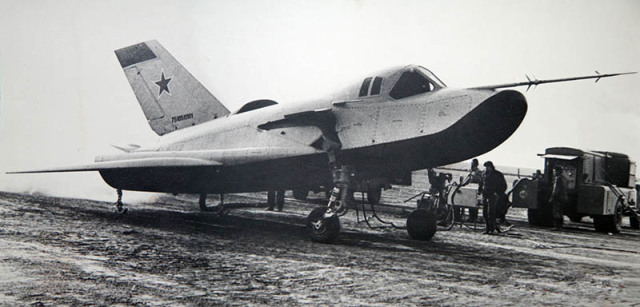 |
| The Mig-105.11 ship of the Spiral project. |
| Source: rostec.In the late 1970s, the Spiral was finally folded for the sake of another, even more ambitious project - the reusable Buran ship. |
Almost all the specialists of the Mikoyan Design Bureau who were engaged in the Spiral were transferred to the specially created NGO Molniya (today it is part of the Kalashnikov group of companies and continues to work on aerospace topics).
The work on the "Buran" is considered to be the largest space construction in the history of the USSR, because about a thousand organizations participated in it, many of which, by the way, are now part of Rostec. For example, in the already mentioned LII im. Gromov (today located in the structure of the United Aircraft Corporation (UAC) Rostec) conducted tests of an automatic control system that allowed Buran to carry out a mission without a crew. With the participation of the Institute, flight modeling stands, a flight experiment control center and flying laboratories were created, and manned tests of the spaceplane were carried out by LII pilots.
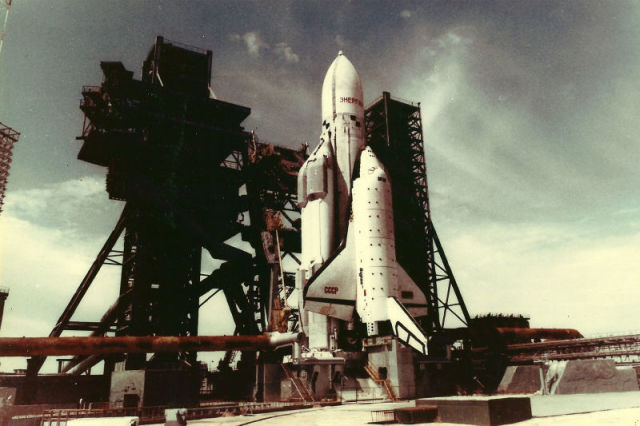
The team of the Experimental Machine-Building Plant (EMZ) named after V.M. Myasishchev also took part in the development of the space shuttle. The company's designers have developed a sealed module of the Buran cabin with life support, temperature control and emergency rescue systems. Today, the plant is also part of the UAC.
Winged laboratories – MiG-25 and Tu-154 - were used to test the elements of the "Buran". And in order to work out the landing of the ship, a full-size copy of the BTS-002 was built. The first flight of an analog aircraft took place in 1985 on the basis of the LII in Zhukovsky under the control of test pilots of the Institute Igor Volk and Rimantas Stankevicius.
The project of the Buran orbiter came into question when in 1988 the main customer, the Ministry of Defense of the USSR, refused it, and its first flight became both the last, although it entered the lists of world records. But the topic of spaceplanes is not completely closed, and at the new turn of history we will definitely see winged spaceships.
With space cargo on spinetransportation of elements of space technology is a whole separate direction in the logistics of space rocket launches.
Railways or motor transport are used whenever possible, but for some parts of missiles and ships, only air delivery is suitable. And here special planes come to the rescue.
To deliver elements of the superheavy Energia launch vehicle and the Buran glider, as well as other space technology, to the Baikonur cosmodrome, the giant An-225 Mriya aircraft was developed. In addition to the first copy built in Kiev in 1988, it was planned to produce a series of five aircraft at the Ulyanovsk Aviation Industrial Complex.
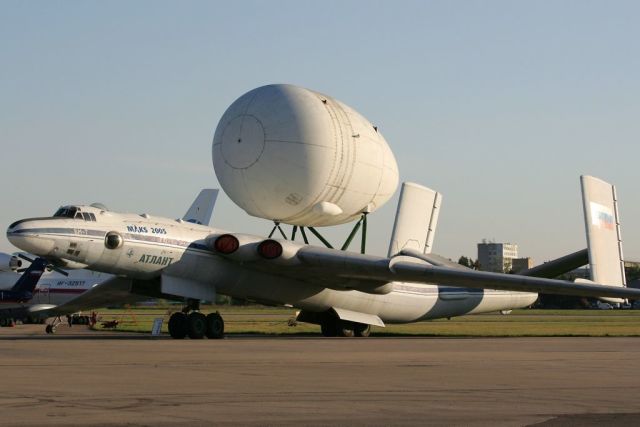 |
| VM-T "Atlatn". |
| Source: Dmitry Pichugin / wikimedia. However, construction and testing were delayed, and the AN-225 did not have time to take part in the program. |
His role was performed by the VM-T Atlant transport vehicle, created by the forces of the V.M. Myasishchev EMZ based on the ZM bomber. In total, three Atlantas were released, one of which remained purely test. For several years, the unique transporters have made more than 150 flights, carrying loads on their backs for the Energia −Buran program.
Today, military transport aircraft are most often used to deliver various elements of missiles. In 2019, the aviation complex named after Ilyushin proposed a project of an Il-96-500T transport aircraft with a superstructure on the fuselage for the transportation of oversized cargo, for example, for parts of heavy Angara-type missiles.
